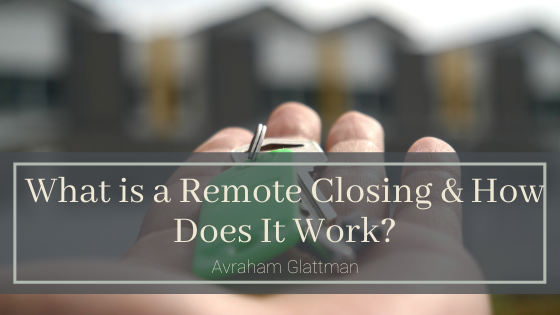Remote closing, also known as mortgage e-closing, is different from conventional closing and involves the signing of documents electronically. However, the parties involved can decide to meet if they want and discuss issues about the house. This review gives the home buyers detailed information on what they should know about remote closing.
What Does Remote Closing Involve?
Mortgage closing refers to the settlement made between a home buyer and a seller. During settlement, the buyer and the seller meet to review and sign documents to finalize the property transfer. Before digitization, the whole mortgage closing process involved the physical signing of papers. Even with digitization and the emergence of the mortgage e-closing protocol, the buyer and the seller will need to sign some of the documents using ink. These documents include the deed of trust/ mortgage, promissory note, and the transfer deeds. However, some documents such as the escrow disclosure and the closing disclosure are available digitally, and the buyer and seller can sign them electronically.
Types of e-closing
Homebuyers need to understand that not all remote closings work the same. Some typical remote closings that homebuyers should be aware of include:
- In-person e-notarization/IPEN: In this mortgage settlement, the buyer and the attorney will meet physically. However, the documents are available for signing electronically on a computer or tablet.
- Hybrid e-closing: In this mortgage closing, the borrower and the legal representative meet physically in person. They will both sign some documents electronically, while others will be available for signing on paper. Most of the e-closings are hybrid.
- Remote online notarization/RON: All of the documents are available for signing electronically. In this case, the borrower and the legal representative do not need to meet physically, and they can schedule their meetings through Webcam or Zoom.
How to carry out successful remote closing
The sales representative will guide clients through making informed decisions regarding mortgage e-closing. Clients should consult with them through phone, texts, or emails, and they will give them details about the progress of their mortgage. The clients and the sales representatives must discuss any impending important decisions through video chats. The sales representative is responsible for finding out details about the timelines for the closing. This will help the borrower communicate with the lender and discuss issues such as loan processing. Electronic signatures comprise of:
- Typing the names
- Tracing the signatures on a tablet or a phone
- Clicking the mouse or tapping on a tablet to add a snapshot of the signatures
Conclusion
When carrying out a remote e-closing, both the borrower and notary must hold their identity cards on the screen for easy verification. The lender will need to ask the borrower questions about their credit history because this will identify them better.
